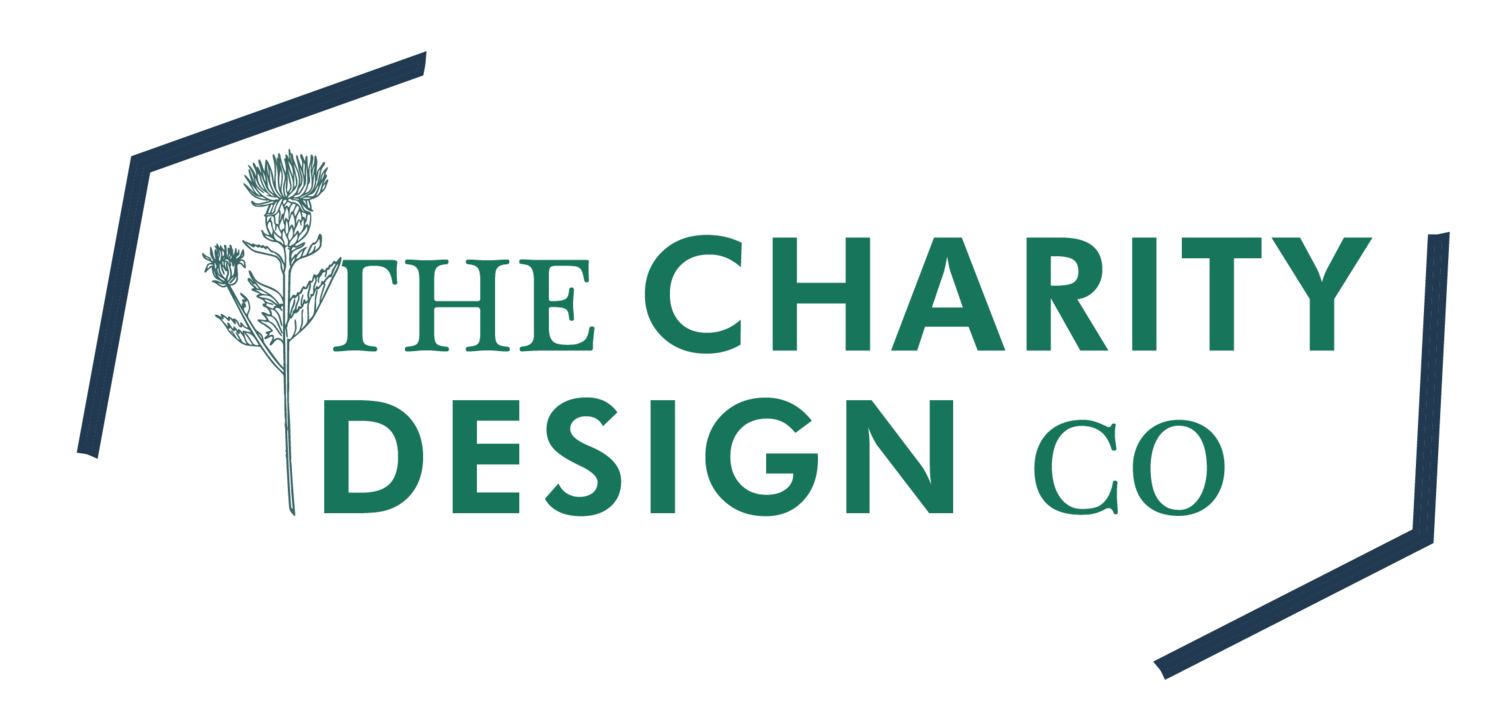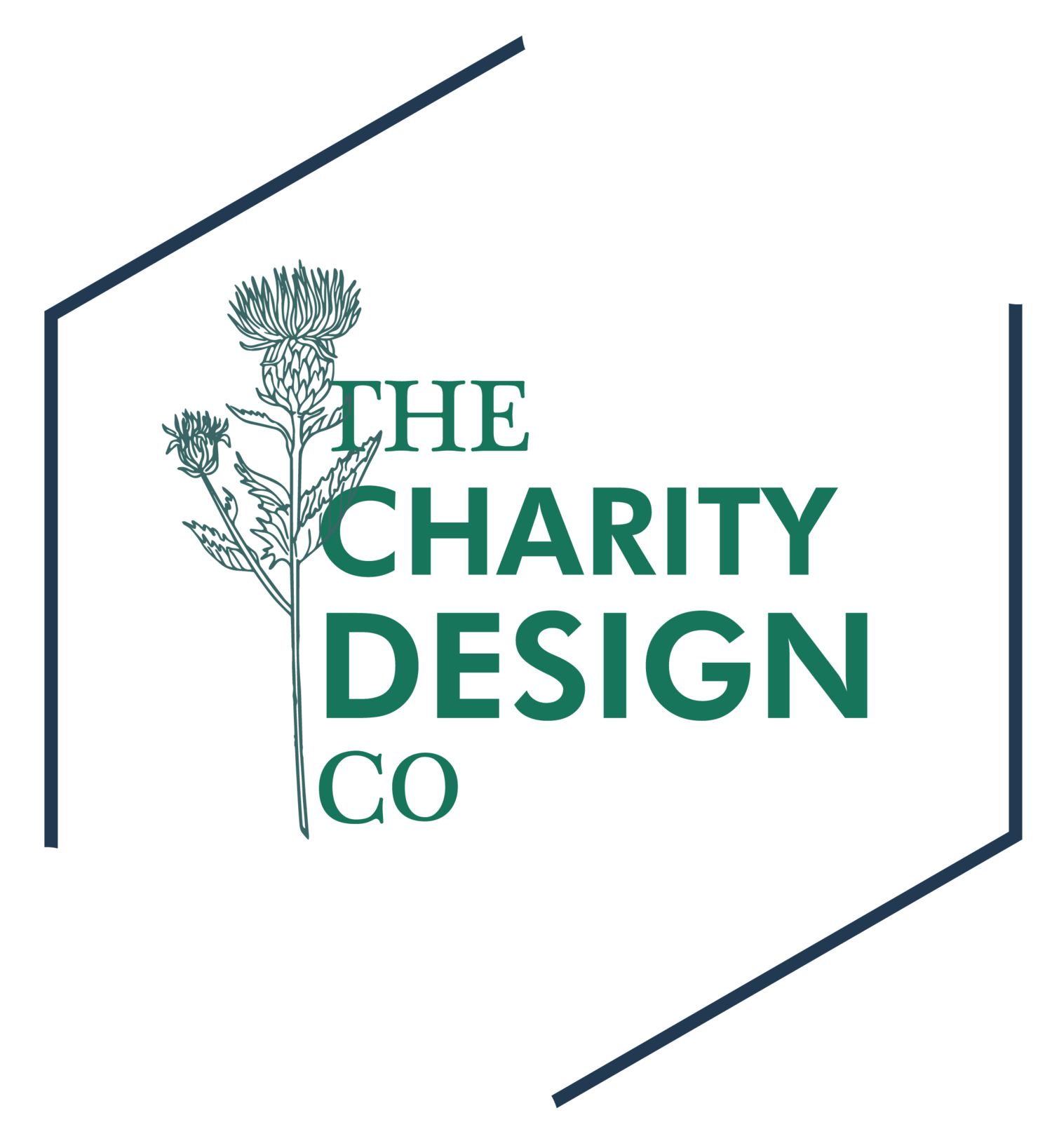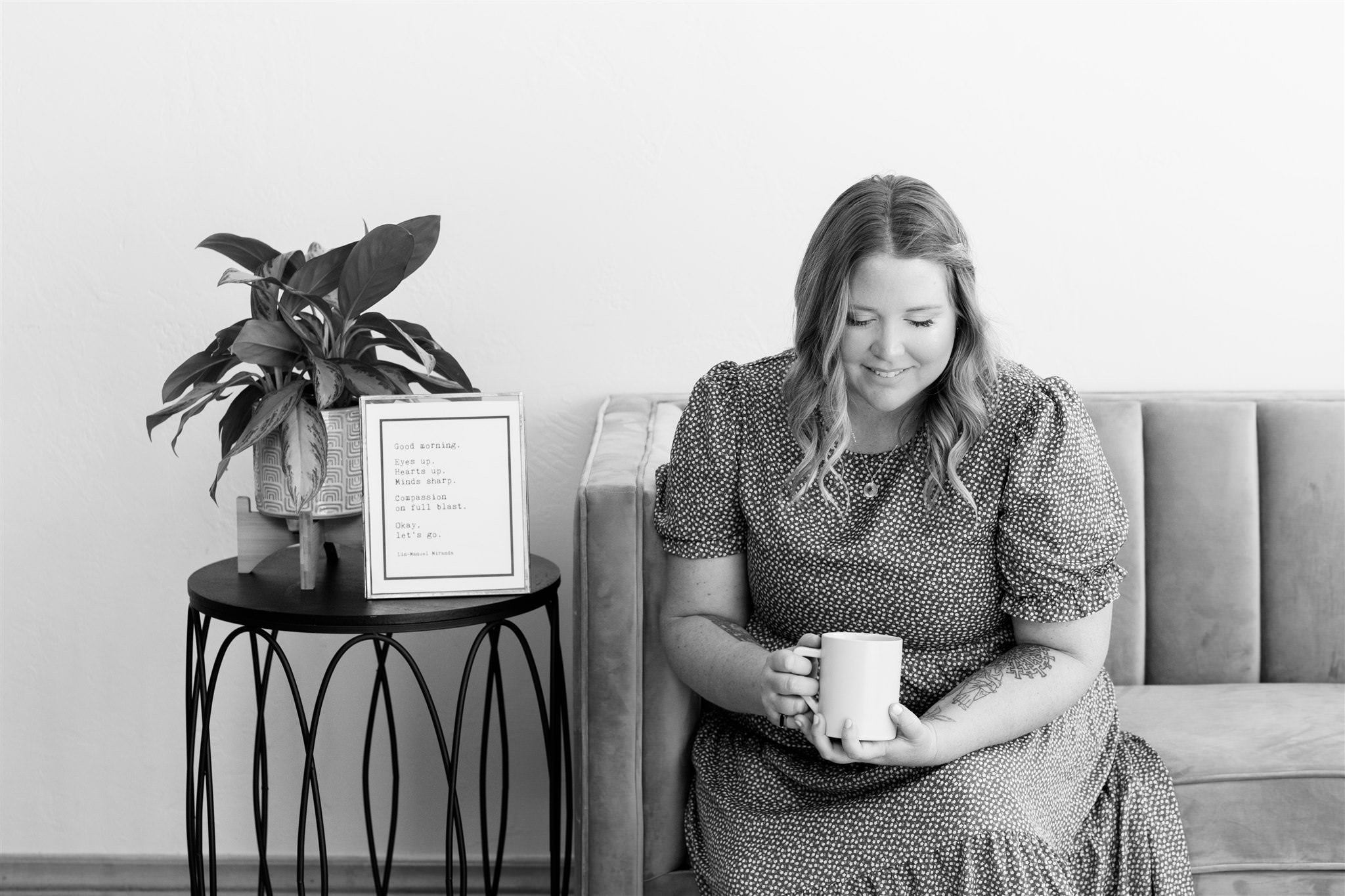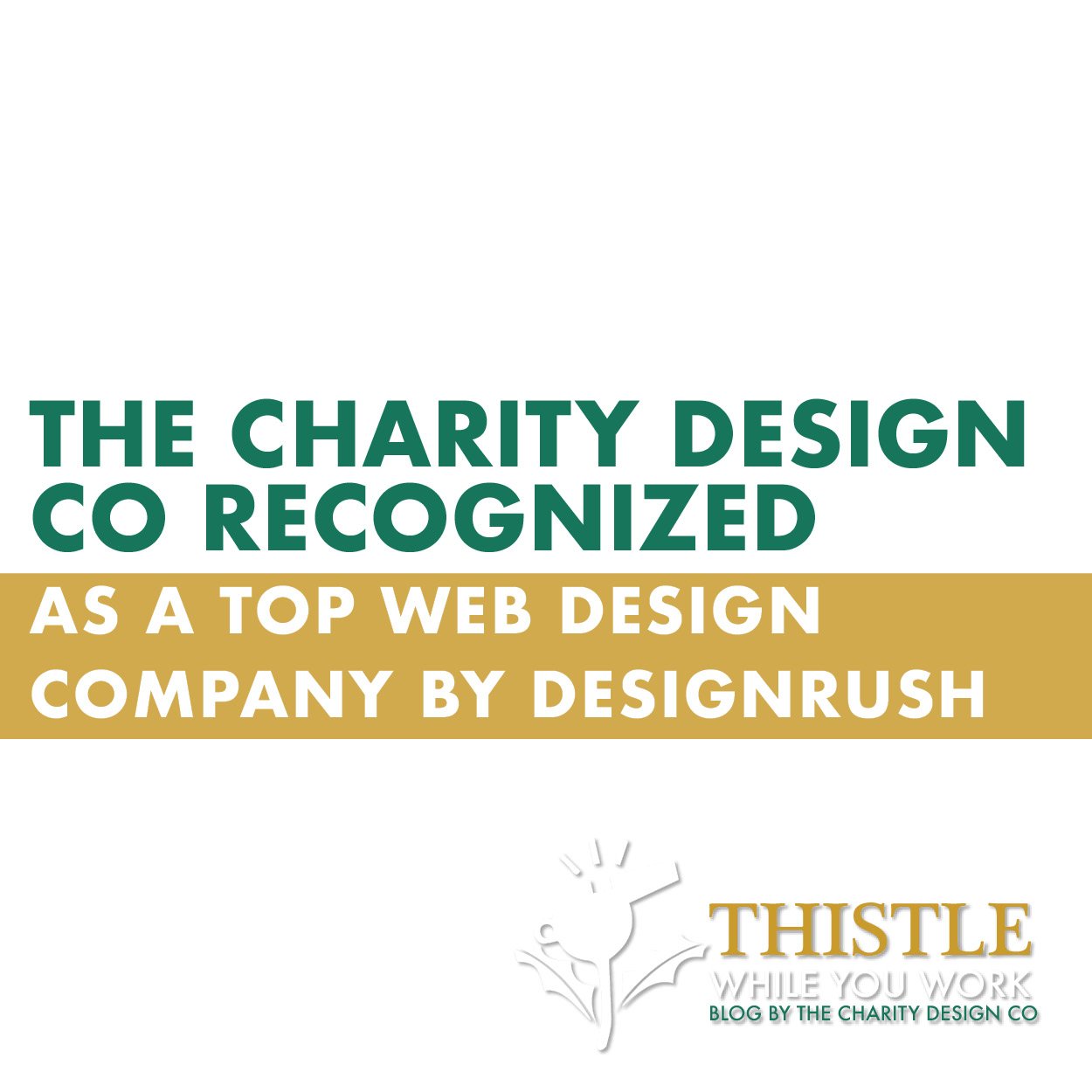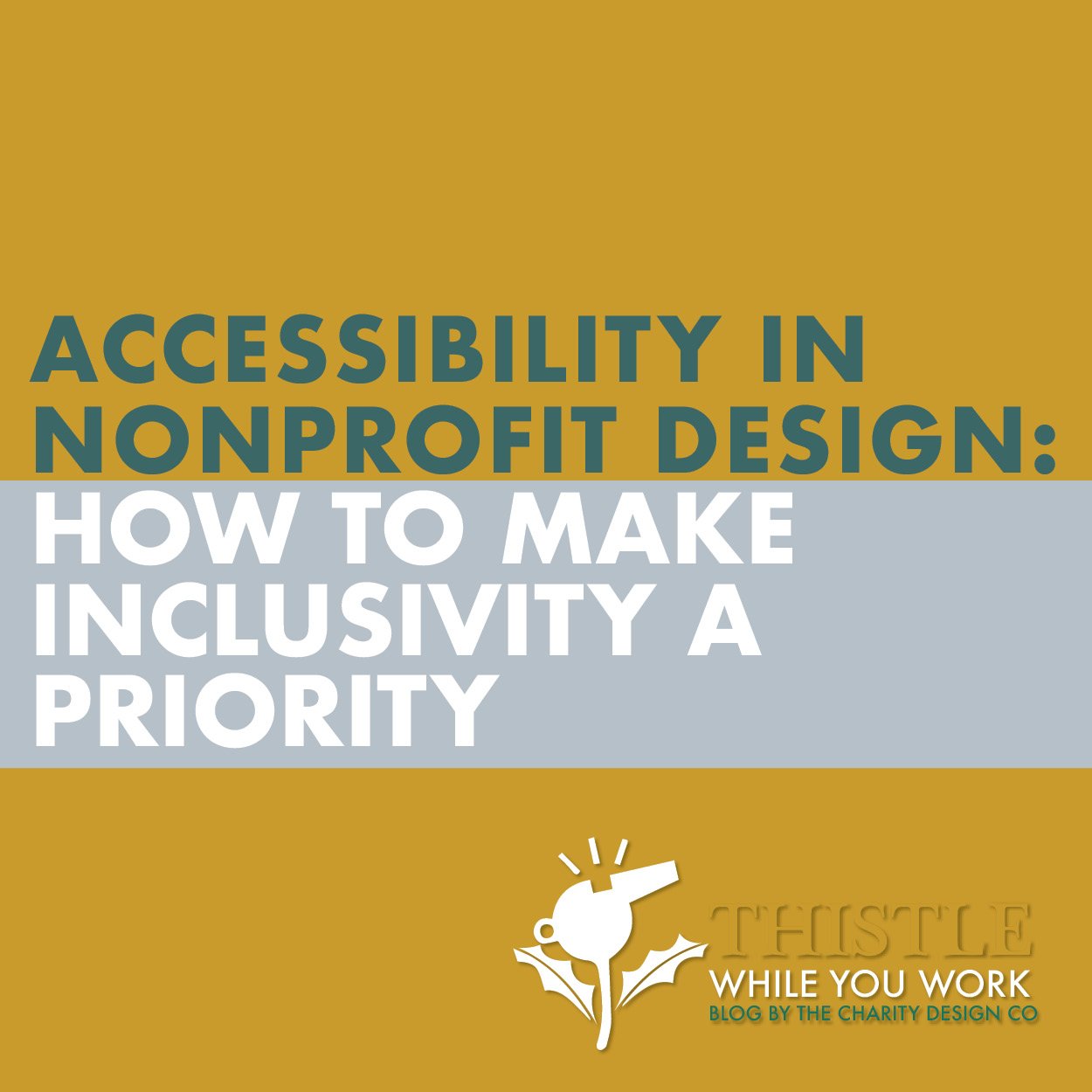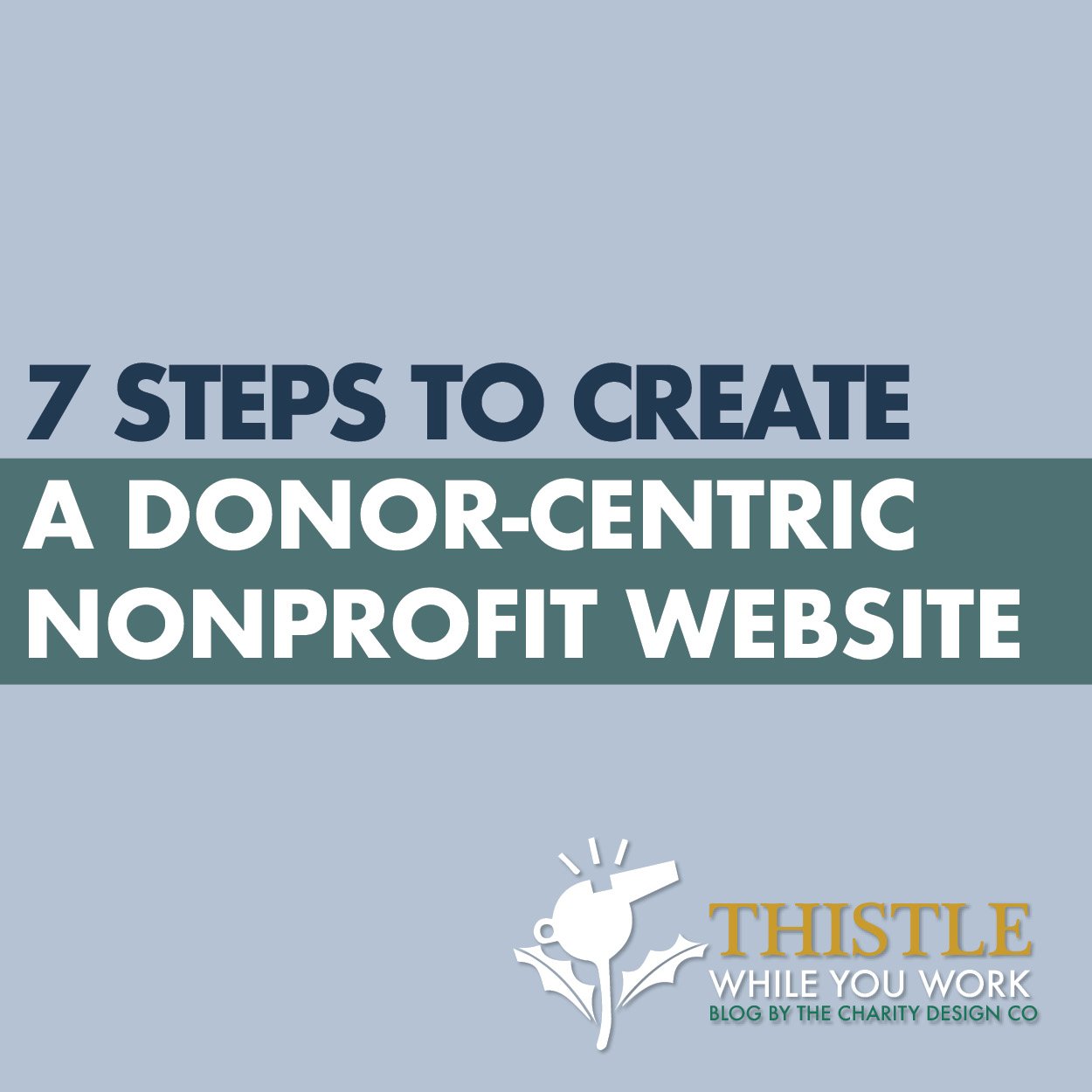ACCESSIBILITY IN NONPROFIT DESIGN: HOW TO MAKE INCLUSIVITY A PRIORITY
In today's digital age, having an online presence is crucial for nonprofit organizations to connect with their audience, raise awareness, and drive donations. However, many nonprofits overlook the importance of accessibility in their design, inadvertently excluding individuals with disabilities from accessing their content. So why should inclusivity be a top priority for nonprofit design and provide actionable tips on how to make your organization more accessible to all individuals? Let’s dive in.
Understand the Importance of Accessibility
Accessibility is about ensuring that all individuals, regardless of ability, can access and interact with your website and materials. By prioritizing accessibility in your nonprofit design, you are not only complying with legal requirements but also demonstrating a commitment to inclusivity and social responsibility. Consider the diverse needs of your audience, including those with visual or hearing impairments, mobility challenges, or cognitive disabilities, and strive to create an inclusive experience for everyone.
Make Your Website Accessible with Userway
Begin by using Userway to assess your website's accessibility. This tool helps identify potential issues and ensures compatibility with screen readers, provides alt text for images, offers keyboard navigation options, and uses clear headings and labels. Userway also allows for adjustable font sizes and color contrast settings. Implementing these enhancements will improve the user experience for individuals with disabilities and enhance overall usability for all visitors. We use their free version in every project.
Create Inclusive Marketing Materials
In addition to making your website accessible, it's important to consider inclusivity in all aspects of your nonprofit design. When creating marketing materials such as brochures, flyers, social media posts, or email campaigns, use plain language that is easy to understand for diverse audiences. Include captions or transcripts for videos and audio content, choose readable fonts and colors, avoid flashing or distracting elements that could trigger seizures or sensory sensitivities.
Provide Multiple Ways to Engage
To truly embrace inclusivity in your nonprofit design, offer multiple ways for individuals to engage with your organization. Provide contact information in various formats (phone number, email address) so that people can choose their preferred method of communication. Consider offering alternative formats for important documents (PDFs in accessible formats), hosting virtual events with closed captioning or sign language interpretation options.
Seek Feedback and Continuous Improvement
Finally, don't forget to seek feedback from individuals with disabilities on the accessibility of your nonprofit design. Conduct user testing sessions with diverse participants and listen to their experiences navigating your website or materials. Use this feedback as an opportunity for continuous improvement and make adjustments based on their recommendations.
Inclusivity should be at the forefront of every nonprofit organization's design strategy. By prioritizing accessibility in your website and materials, you can ensure that all individuals have equal access to information and resources from your organization. Take proactive steps to make your nonprofit more inclusive by understanding the importance of accessibility, implementing best practices on your website and marketing materials, providing multiple engagement options for diverse audiences – ultimately creating a more welcoming environment where everyone feels valued and included.
